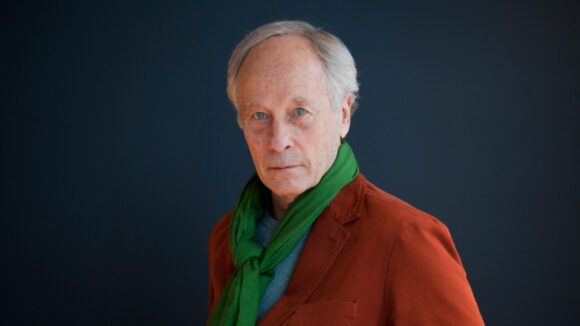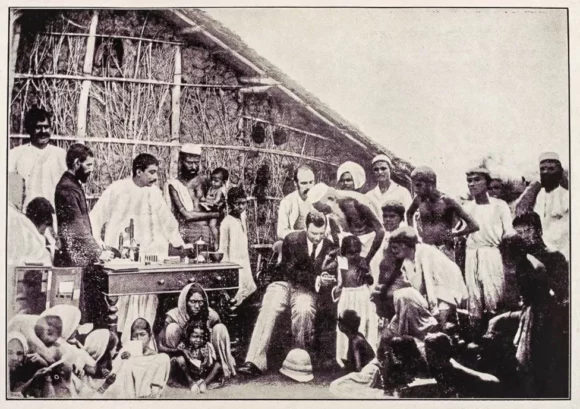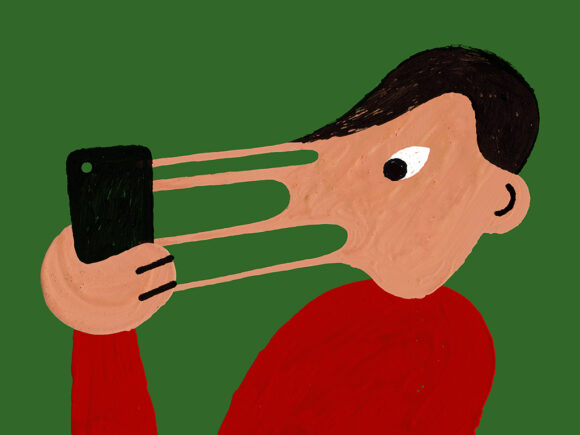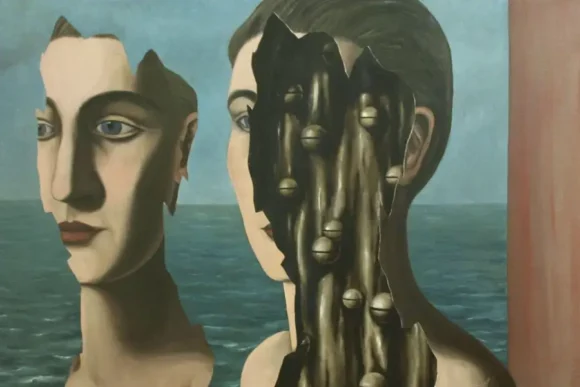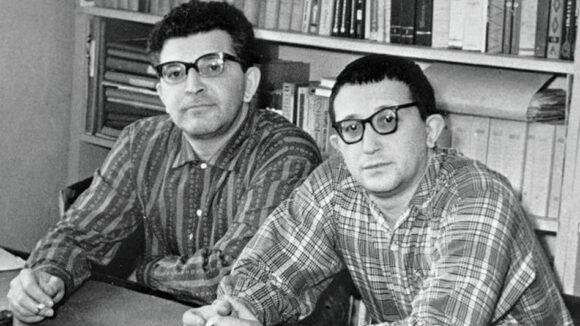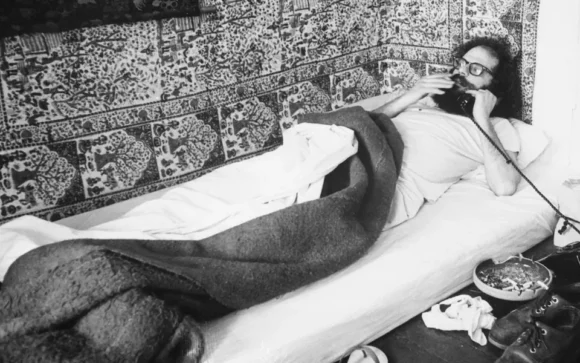Have you ever loved someone and got nothing back?
Next question: was it really so bad?
We all feel things for people who don’t even know we exist. For most of us the experience is enriching. For me (and you, probably) David Bowie’s life held personal meaning. And if the thin white duke did not rate as your personal companion, then Queen Elizabeth almost certainly did. And if not the Queen, then what about Walter White, from TV drama Breaking Bad? We love fictional characters too. Walt saw me through my divorce.
We enjoy these relationships in private. Sometimes, we meet fellow “fans” and then, as the cheery Michael Bond points out, “One of the incentives for being part of a fandom is that you get to do things with others.”
In Fans, Bond sketches the psychology of belonging very lightly. Why is it, he asks, that sports fans seem to get a free pass, when it comes to chanting, dancing and face-painting? (I’d like to see Trekkies trying to get away with being so ebullient in public.)
Next, he notes that sport is a zero-sum game: “if I win, you lose”, and that this leads to unreasonable love for one’s own team, and unreasonable prejudice towards one’s opponent.
But having begun with such promise Bond, incredibly, fails to connect these two observations, and in doing so, he fails to convey why his subject is so important.
So let’s do his job for him: fans are a species of tribe, and — this is the important bit — tribes win our respect the more tribal they are, which is why sports fans are rarely shamed for being excessively zealous: “their commitment to the cause is expected,” says Bond, “even applauded”.
Tribal behaviour is exciting. It’s had us building civilisations and spilling each other’s blood for over five millennia. Fan groups are simply defanged tribes. (This is why we can, if we want, describe most achievements of world civilisation in the bathetic terminology of fandom. What else is sincere religious faith but a “non-reciprocal fan relationship”?)
Scratch a fan, and you will find a zealot. The more serious they are, the more dangerous they are. Bond’s most engaging passages deal with fans who think their chosen celebrity owes them love and attention. The experiences of songwriter and social media star “Lizzyspit” are illuminating: driven off social media and real-world hiding by an outpouring of hate, all because she didn’t post in the weeks immediately following her father’s death.
The more pathological fandom becomes, the more interesting it gets, and this is bad news for Bond, who would much prefer to champion fandom’s emollient and jolly side.
Bond’s favourite fans (but not — I’d stake money on it — the reader’s) are painfully pro-social, which is why the Jane Austen Pineapple Appreciation Society has, since December 2020, “been engaging in an ongoing conversation on its social media feeds about the use of the pineapple and the origins of white wealth in the early 19th century.” (In the midst of a sixth extinction and a second cold war, this, yes, is the hill they have chosen to die on.)
Bond’s detours into the dark are few, and conducted in a spirit of apology and understanding. Therianthropes believe they are born into the wrong species (and, yes, Bond’s definition of “fandom” does slither about to subsume every glistening oddity). But theirs is “not an obsession or a mental disorder,” only “a conviction, one therians spend their entire lives trying to accommodate.” The sophistry at work here is miasmic.
What’s missing from Bond’s account — and perhaps we can understand this, given our current political moment — is not more horror stories (Bond’s right; he hear enough of them through the media) but simple bread-and-butter scorn. As in the sinking feeling you get (before your inner policeman kicks the door in) when you hear that social psychologist Courtney Plante at Bishop’s University in Quebec, Canada is a furry; that his “fursona” is a neon blue cat named Nuka; and that he’s also a fan of the animated TV show My Little Pony: Friendship Is Magic, which makes him a Brony.
There’s something off here, something that’s the very opposite of joyful. Therians spend their lives on line criticising the inaccuracies in each other’s accounts of life as a wolf, ocelot, or wot-not. Jolly? I think not.
And yes, scorn is a crude response, but it’s better than sticking both thumbs in your ears and going la-la-la.
Dig here! scorn says. There’s something worth truffling for here!
Bond turned up without a spade.


